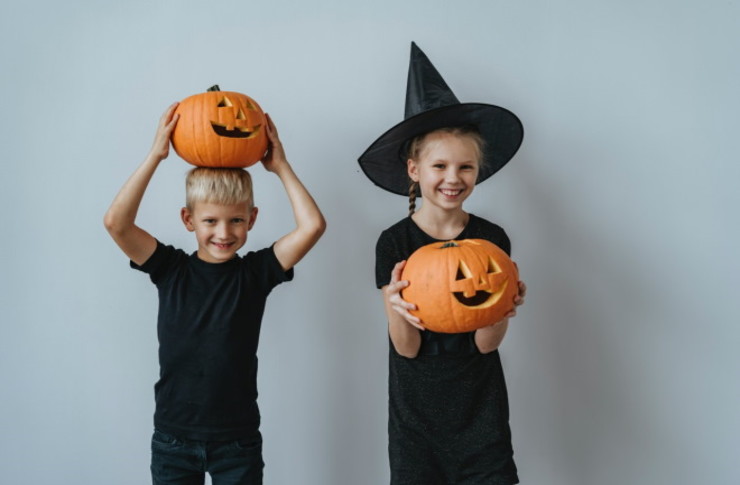Halloween: Pumpkins, Decorations, Costumes, and Technology
Halloween is an annual observance rooted in a mix of ancient traditions, community rituals, and seasonal customs. Historically tied to autumn harvest festivals and seasonal changes, it now blends folklore, creative expression, and family activities. In many places, Halloween includes pumpkin carving, costume wearing, home decoration, trick-or-treating, parties, and increasingly, technology-driven displays. The holiday varies widely by region and household, from quiet, reflective remembrances to lively neighborhood celebrations. This article outlines how pumpkins, decorations, costumes, and modern technology each contribute to contemporary Halloween practices and how participants balance creativity with safety and local norms.

halloween origins and modern observance
Halloween traces elements to Celtic and Christian traditions that marked the end of the harvest season and the approach of winter. Over centuries, rituals evolved: some focused on remembering the dead, others on warding off spirits or celebrating abundance. In modern practice, the holiday often centers on communal activities—neighborhood trick-or-treating, themed parties, and public events—while commercial elements like seasonal retail and media have amplified visibility. Observance varies: some families adopt secular festivities, others keep religious or cultural observances that coincide with the date. Local customs and municipal rules shape how communities celebrate in your area.
pumpkin traditions and carving ideas
Pumpkin carving is a visible symbol of Halloween tied to the autumn harvest. Traditional jack-o’-lanterns are carved from hollowed pumpkins with illuminated faces, but contemporary takes include painted designs, stenciled artwork, and mixed-media decorations using gourds or artificial pumpkins. When selecting a pumpkin, consider size and firmness; for longer display life, choose a smaller, uncarved pumpkin or use artificial alternatives. For shared activities, set up simple patterns or templates that accommodate varied skill levels. Preserving carved pumpkins with cool, dry display locations and brief periods of indoor illumination can extend their appearance without creating hazards.
decoration approaches for different spaces
Halloween decorations range from simple porch accents to elaborate yard installations. Indoor decorations might include themed textiles, faux cobwebs, and mood lighting, while outdoor displays can feature motion-activated props, projectors, and safe pathways for visitors. When decorating, prioritize safety: secure cords, avoid obstructing walkways, and use flame-resistant materials if candles are involved. Consider neighborhood guidelines and local services for disposal or pickup of large props after the season. Decorating on a manageable scale—focusing on a few focal points—can create atmosphere without excessive setup or storage demands.
costume planning and safety tips
Costumes are a central form of expression for Halloween, spanning homemade outfits to store-bought ensembles. When planning costumes, think about mobility, visibility, and weather conditions for your area. For children and adults who will be outdoors after dark, add reflective elements or LED accessories to improve visibility. If masks reduce peripheral vision, substitute face paint or design masks that leave the eyes clear. Consider materials that are non-flammable and comfortable for extended wear. Respectful costuming that avoids cultural appropriation or harmful stereotypes helps keep celebrations inclusive and considerate of diverse communities.
technology and Halloween displays
Technology has reshaped how people design Halloween experiences, from smart lighting and sound systems to projection mapping and interactive apps. Home automation can schedule lighting effects and synchronize audio, while microcontrollers and hobbyist electronics enable moving props and sensor-triggered encounters. Projection technology now creates animated facades without extensive physical setups, and augmented reality apps let users add virtual effects to photos or live scenes. When integrating technology, prioritize safe wiring, weatherproofed equipment for outdoor use, and clear boundaries for visitors. Using familiar consumer electronics and following manufacturer guidance reduces risk and keeps displays reliable.
Conclusion
Halloween brings together seasonal motifs, creative expression, and community interaction through pumpkins, decorations, costumes, and the growing role of technology. Whether a household prefers low-key traditions or elaborate displays, attention to safety, respect for local norms, and thoughtful planning helps ensure the holiday remains enjoyable for diverse participants. The ways people observe Halloween continue to evolve, reflecting broader cultural shifts while preserving elements that connect communities to the season.





